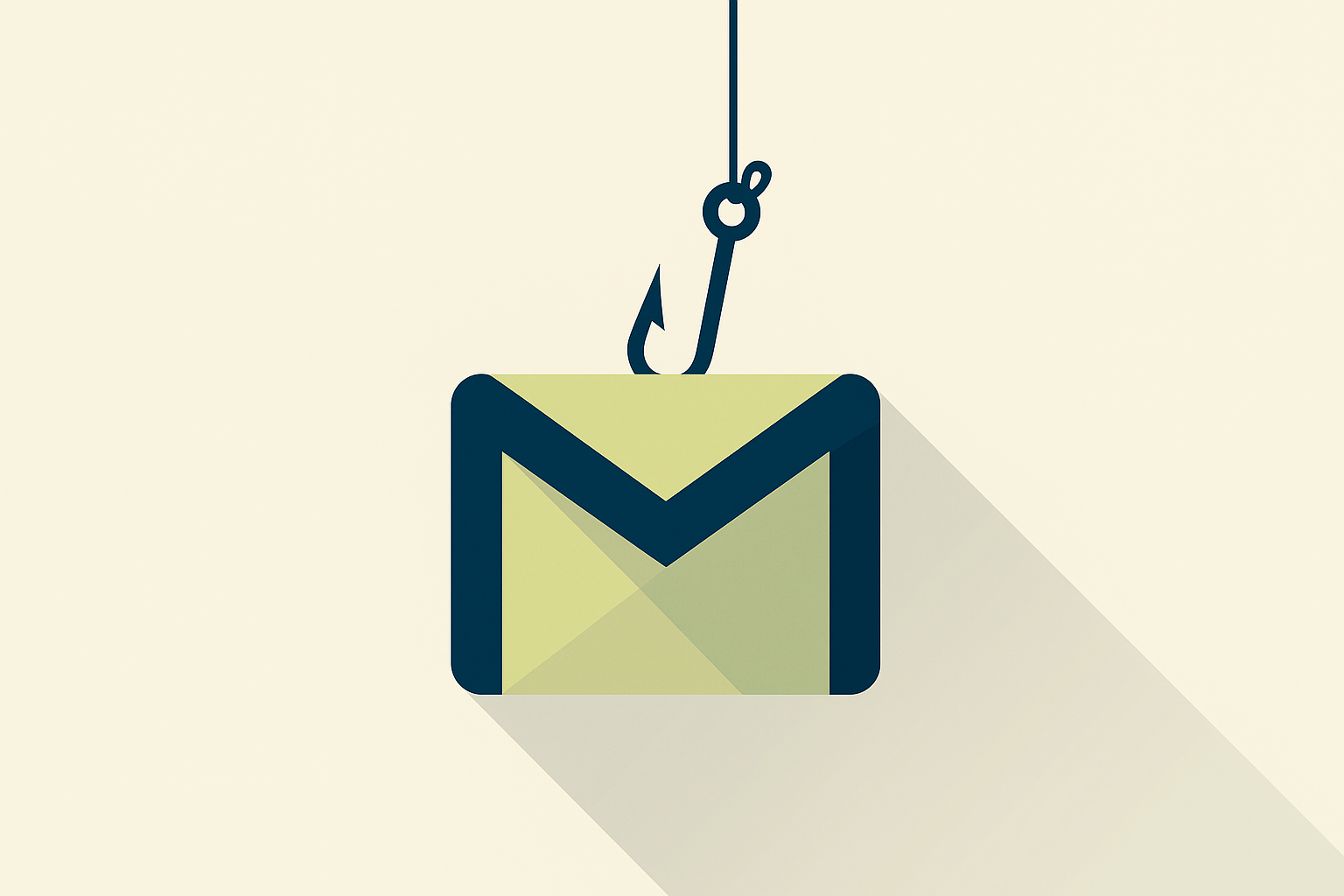A recent phishing campaign has emerged, exploiting Google’s own infrastructure to deceive users into revealing their credentials. By leveraging Google’s DomainKeys Identified Mail (DKIM) and the Google Sites platform, attackers have crafted emails that appear legitimate, making them difficult to detect.
How the Attack Works
The phishing emails originate from what seems to be a legitimate Google address, such as no-reply@google.com.These messages claim that law enforcement has requested access to the recipient’s Google account data via a subpoena.A link is provided, directing users to a site hosted on sites.google.com, which closely mimics Google’s official support pages. Upon clicking, users are prompted to enter their login credentials, which are then harvested by the attackers.
The sophistication of this attack lies in its use of DKIM. DKIM is an email authentication method designed to detect forged sender addresses. In this case, the attackers exploited a vulnerability in Google’s OAuth system. They created a malicious application and used Google’s infrastructure to send security alerts that were DKIM-signed, making them appear authentic. Since the emails were technically sent through Google’s servers, they passed DKIM checks, bypassing many spam filters and security measures.
Expert Insights
Nick Johnson, lead developer of the Ethereum Name Service, noted that the phishing email he received was indistinguishable from legitimate Google security alerts, even appearing in the same email thread. He highlighted that the only noticeable difference was the URL, which used sites.google.com instead of the typical accounts.google.com .
Security firm EasyDMARC provided a detailed analysis of the attack, explaining how the DKIM replay technique was employed. By reusing a legitimate DKIM-signed email and modifying certain elements, the attackers were able to craft messages that passed authentication checks, making detection challenging .
Google’s Response
Google has acknowledged the issue and is actively working to close the loophole that allowed this exploit. The company has implemented measures to prevent such abuses of its OAuth system and recommends users enable two-factor authentication and passkeys to enhance account security.
Protecting Yourself
To safeguard against such phishing attempts:
- Verify Email Sources: Always check the sender’s email address and be cautious of unexpected messages, especially those requesting sensitive information.
- Inspect URLs Carefully: Before clicking on links, hover over them to see the actual URL. Be wary of URLs that closely resemble legitimate sites but have slight differences.
- Enable Two-Factor Authentication: Adding an extra layer of security can prevent unauthorized access even if your credentials are compromised.
- Stay Informed: Keep up-to-date with the latest cybersecurity threats and best practices to recognize and avoid potential scams.

